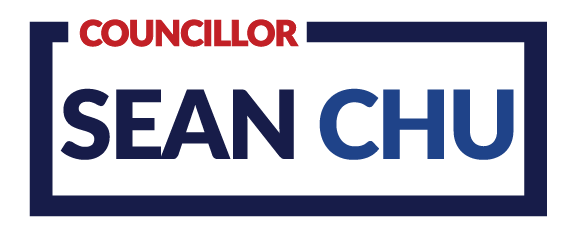Click here to see the most up to date information, but please look at ways to cut your water use down as this summer will be dry, and we
What we’re seeing
- Natural river flows are low.
- Reservoir storage in the Bow watersheds upstream from Calgary is average for this time of year. Thanks to the investment of higher gates at the Glenmore dam on the Elbow River, The City has been able to keep the Glenmore Reservoir as high as possible through the winter.
- Mountain snowpack has increased since last month and is trending at below average to average.
How we’re preparing
Monitoring conditions
March and April is when the mountains typically receive the most snow and our region relies on the gradual melting of mountain snowpack and spring rains to replenish reservoirs, ensuring sufficient water supply for late summer and fall when river flows decrease.
The long-term seasonal forecast is currently predicting warmer than average temperatures this spring, which may bring an earlier snowpack melt and increased pressure on our water supply.
Along with drought risk, a rapid swing to high rainfall could still lead to river flooding conditions this spring. We continue to closely monitor conditions, while taking steps to be ready for both drought, flood, or other climate risks such as extreme heat that can make drought worse, and lead to wildfires and smoke.
Working with partners to share the available water supply
The Government of Alberta is facilitating voluntary Water Sharing Agreements, where license holders co-operate together to share the impacts of a water shortage by deciding how to share the available water supply.
Preparing for outdoor water restrictions to help conserve water
If dry conditions persist, outdoor water restrictions may be in place as early as May 1.
We will keep citizens and businesses informed as conditions evolve and will provide an update in late April.




